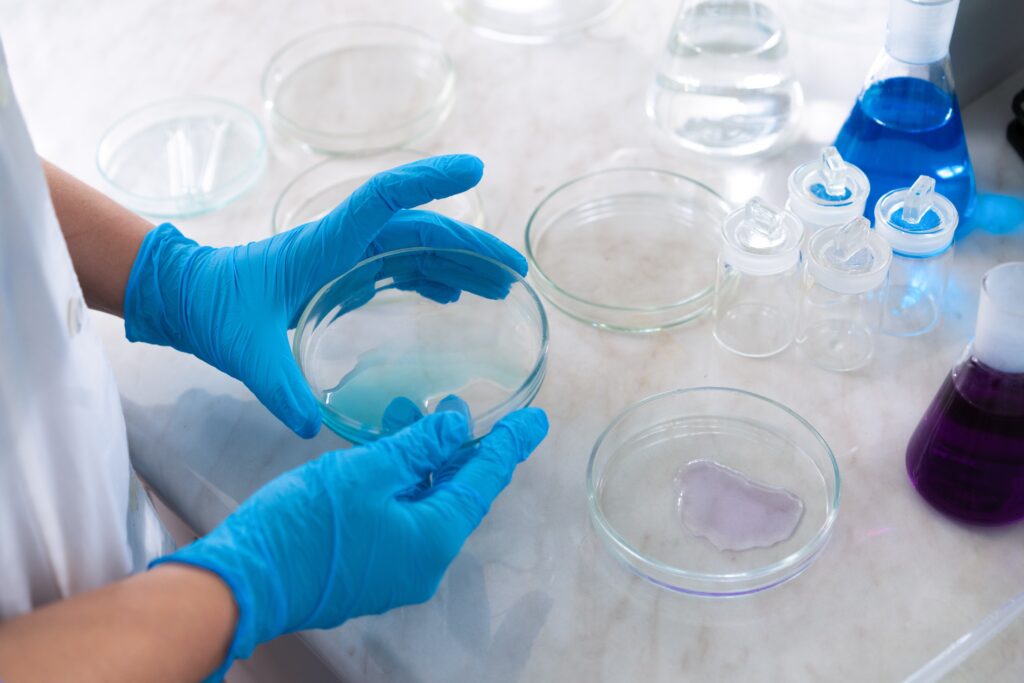What is microbial testing?
Clarifying the Importance and Methods of Microbial Testing
Introduction to Microbial Testing:
Microbial testing plays a vital role in various industries by detecting and identifying microorganisms, ensuring product safety and quality.
This scientific technique analyzes samples to assess their microbiological content, enabling proactive measures to prevent contamination, reduce risks, and ensure regulatory compliance.
Our comprehensive guide aims to provide readers with a clear understanding of this process, its importance, and the step-by-step procedures involved.

Importance of Microbial Testing:
Product Safety
Microbial testing is crucial in identifying harmful bacteria, viruses, fungi, and pathogens present in food, medications, cosmetics, and other consumer goods.
Adhering to safety requirements minimizes the risk of infection or disease, ensuring consumer well-being.
Regulatory Compliance
Testing is mandated by regulatory agencies to ensure compliance with health and safety regulations. Meeting these standards is essential for legal operation, avoiding penalties, and maintaining public trust.
For example, the European Commission regulations and the ISO standards for the food industry emphasize microbial testing methods validation.
Quality Control
Regular testing helps manufacturers detect and address contamination issues, preventing product spoilage, recalls, and reputational damage. This ensures product quality and extends shelf life.
Process Validation
Testing is essential for validating and monitoring hygiene measures during the production process, including cleaning and sanitation techniques.
It helps identify areas for improvement and ensures effective control measures.
Microbial Testing Procedures:
Sampling
Accurate and reliable testing begins with proper sample collection techniques and protocols to obtain representative samples.
Identification
Various methods, such as biochemical tests, molecular techniques, and sequencing, are used to identify microorganisms present in the samples, distinguishing harmful pathogens from harmless organisms.
Data Analysis and Reporting
After completing the testing process, data is analyzed, interpreted, and compiled into a comprehensive report.
It provides details about detected microorganisms, concentrations, and any recommended corrective actions.
Culturing
Collected samples are incubated under specialized conditions to promote microorganism growth, enabling their detection and quantification.
Quantification
Testing involves determining the number of live microorganisms in a sample, assessing contamination levels against permissible limits.
Conclusion: What is Microbial Testing?
Microbial testing is an essential process ensuring product safety, quality assurance, regulatory compliance, and process validation across industries. Proactive detection and identification of microorganisms prevent contamination, protect consumers, and maintain business reputation. Accurate and reliable testing prioritizes consumer health and safety, leading to improved products and increased customer confidence.
